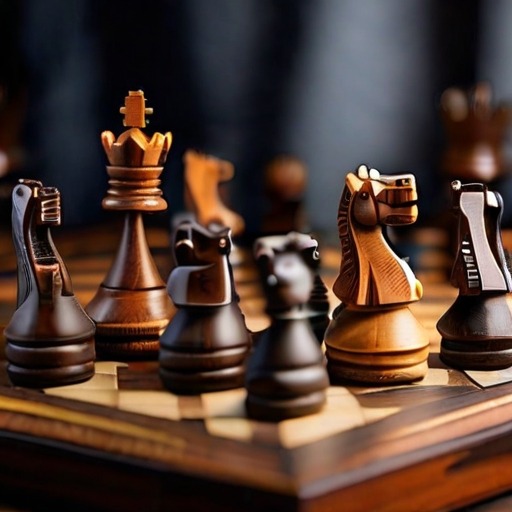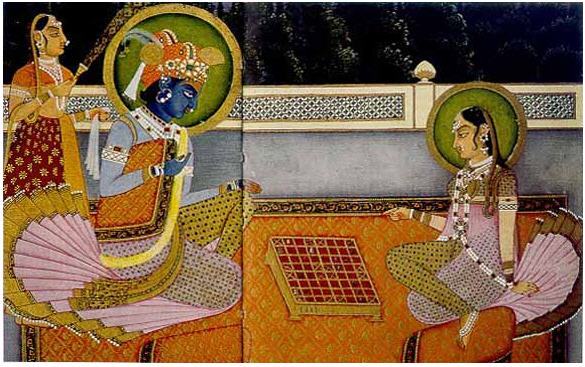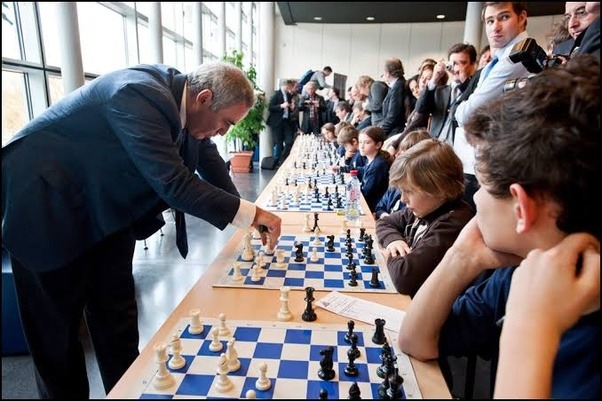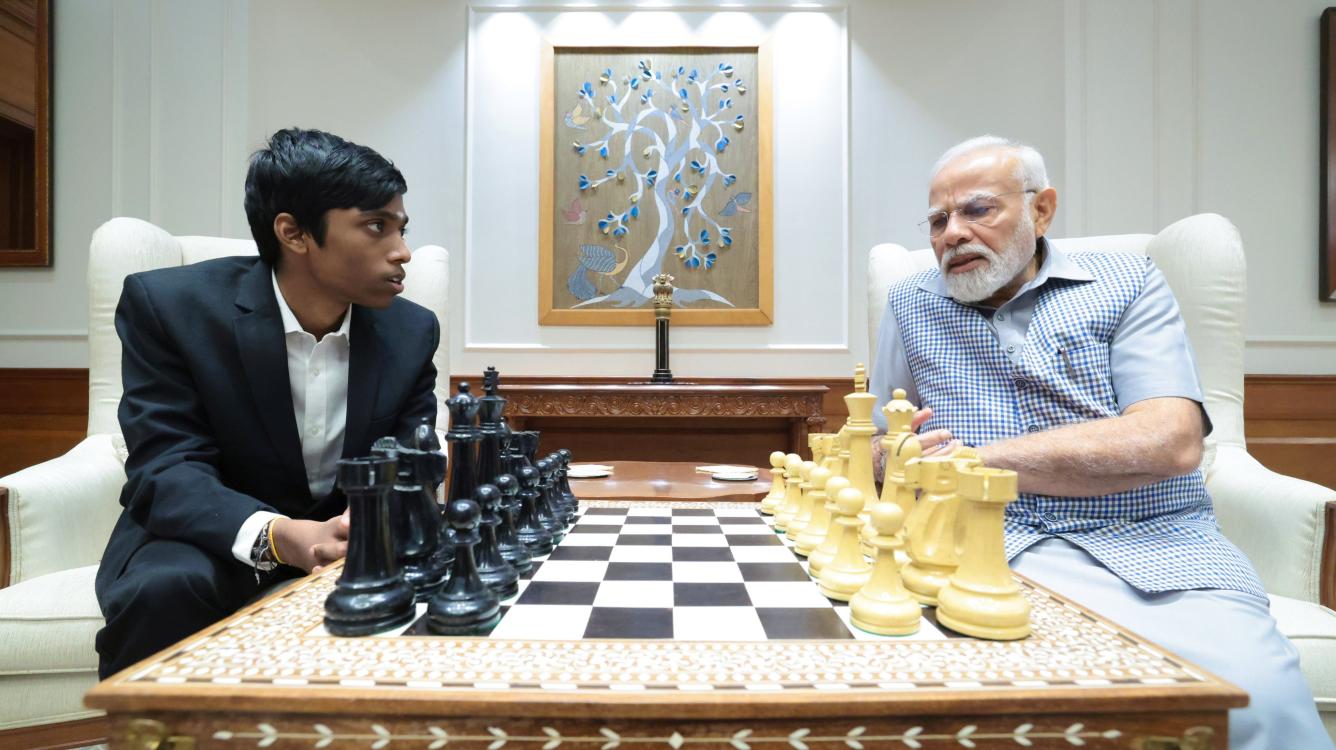which popular board game was invented in india-
From Ancient Ashtapada to Global Conquest: Unraveling Indian Origins of Chess

Forget Monopoly. And forget Scrabble. When it comes down to truly enduring and globally beloved board games, few can top the strategic elegance and timeless allure of chess. But did you know this intellectual titan of the tabletop wasn’t born in a European castle or a Persian bazaar? Nope, its roots go far to the fertile soil of ancient India, who is a witness of the long history of board game creation of this country.
So clasp your pawns, knights and rooks as we embark on a beautiful journey in both time and space to trace the amazing metamorphoses of chess from its humble birth in the Indian subcontinent through its ascendancy as king amongst board games.

: Setting the Stage
The story of chess begins at around the 7th century AD, in which the Gupta Empire was considered the golden age of Indian civilization. There, on checkered boards called Ashtapada (“eight-footed”), there appeared a game called Chaturanga (“four-limbed”). The board is devoid of its modern black-and-white squares mirrored the four divisions of an ancient Indian army — chariots, elephants, cavalry, and infantry — represented by pieces with evocative names like Raja (king), Mantri (counselor), Senapati (charioteer), and Gaja (elephant).
Chaturanga was beyond a game; it was a battlefield in miniature, with imitations of military strategies, and the shock and clash of intellects. Dice decided your moves, thus bringing in that elusive element of chance to mingle with skill. It wasn’t the mere capturing of pieces, but the other end of it which mattered, checkmating the Raja, rendering him helpless, with all his attackers buzzing around him.
Across Persia and Silk Road: Game Goes Flying
By the eighth century, Chaturanga had spread its spell internationally. Puzzled Arab merchants who had fallen under the spell of the game’s intricacies ferried ‘The Four Divisions of the Military’ westwards along the Silk Road. In Persia, it was given a linguistic renovation and was titled “Shatranj,” subsequently, its rules were further polished. The dices were done away with – instead, an intentional movement set of rules based on every piece’s unique capabilities was introduced.
Chess in Europe: A New Empire In the Offing

By the 10th century, Shatranj had reached Europe, finding fertile ground all over the Byzantine Empire and soon taking the continent by storm. The pieces acquired their now-familiar names – Queen in place of the Vizir, Bishops in place of the elephants, and Rooks in place of the chariots. The game itself further evolved to the chess we know today, stressing logic, strategy, and the thrill of outwitting an opponent.
Beyond the Board: A Legacy of Cultural Exchange
But the journey of chess is hardly confined to pawns and magistrates. It documents a testament to the interconnectedness of cultures, a silent ambassador bridging the continents and centuries. Studying its evolution unveils fascinating historical exchanges— from the influence of Indian military formations on the original pieces to the adaptation of Persian terminology across Europe.
India’s Enduring Legacy: Steeped in the Past
And, yet, despite its status as a global pastime, chess is usually robbed of its Indian birthright. It is not so much a historical misfortune as it is a cultural disservice to the single most textured civilization on Earth. And reclamation of this legacy is not about claiming ownership to it, but a celebratory bringing back the intellectual property of ancient India and showcasing to the world how it contributed to its intellectual landscape.
Bringing the Game Back Home: Using Old Traditions to Forge Ahead
Recent years have seen an increasingly growing consciousness of the old roots of the game in India. Chess tournaments these days enjoy wide attendance, schools increasingly incorporate it in their curricula, and communities rediscover playing on unique, culturally relevant pieces hand-painted boards with joy.
But this revival of the game isn’t largely driven by a sense of nostalgia, but more by growing awareness of the powerful influence it can have on young brains. The game itself develops critical thinking, problem-solving, and strategic planning skills in young people while creating an interest in history and pride in their own heritage and culture.
At the crossroads of the past and the future, reminding that chess’s Indian origins become a potent reminder of this country’s ongoing intellectual prowess. It is an appeal not to just embrace this legacy through textbooks and museums but to breathe new life into the ancient spirit itself ensuring that the game continues to prosper on Indian soil for generations to come.
So, next time you sit down to play a game of chess remember- you’re not just moving pieces on a board; you’re a part of a centuries-long legacy, a cultural exchange that began at the heart of India and continues to captivating minds across the globe. With every strategic move, you are not only outwitting your opponent but giving due respect to the very brilliance of a civilization who has bestowed this world on a game timeless, ageless, and indomitable like the human spirit itself.
READ MORE LATEST NEWS CLICK HERE – www.newsomeprint.com
click here for latest gadgets –https://www.amazon.in/shop/artichaudhary105

